Share the post "How to Get Fit For Soccer (Games + Tryouts)"
Getting fit for soccer is often one of the most challenging parts of playing. If you’re not prepared to hit the invitational tryout, practice, drills, and time on the field won’t count for anything.
One of the most frustrating parts about playing is that everybody wants to get on that field and show their stuff. You will need a reasonable amount of time to train, patience, and dedication to be ready.
In this article, I will cover the following;
- Measurements
- Physical Fitness and Tips
- The Warm-Up, The Drills, and The Cooldown
- Importance of a Good warm-up
- Best Way to Get Fit
There are many other small things to know, but these are the main points to prepare you for games and tryouts. Let’s get started!
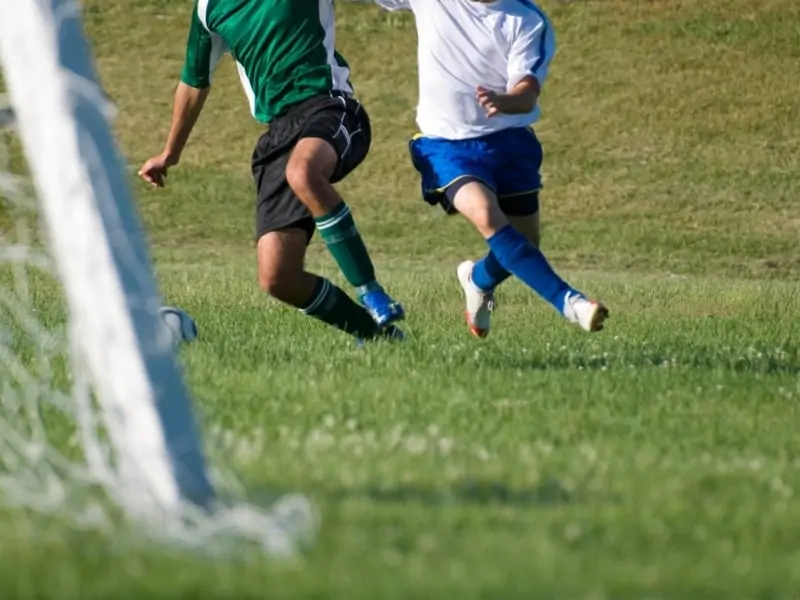
What are The Measurable Factors?
Your height and weight are important. While everybody is different, the coaches will most likely have a certain range they want you to fall into.
Let’s say your average player is 5’7″ and weighs 150 lbs. When you’re going for tryouts, if you’re closer to 5’5″ or above 170 lbs., you might be turned away.
This doesn’t mean you can’t go on the field if you are outside of these measurements, though! Just be sure your speed, strength, fitness, and even knowledge are up to par, so you get noticed for the right reasons.
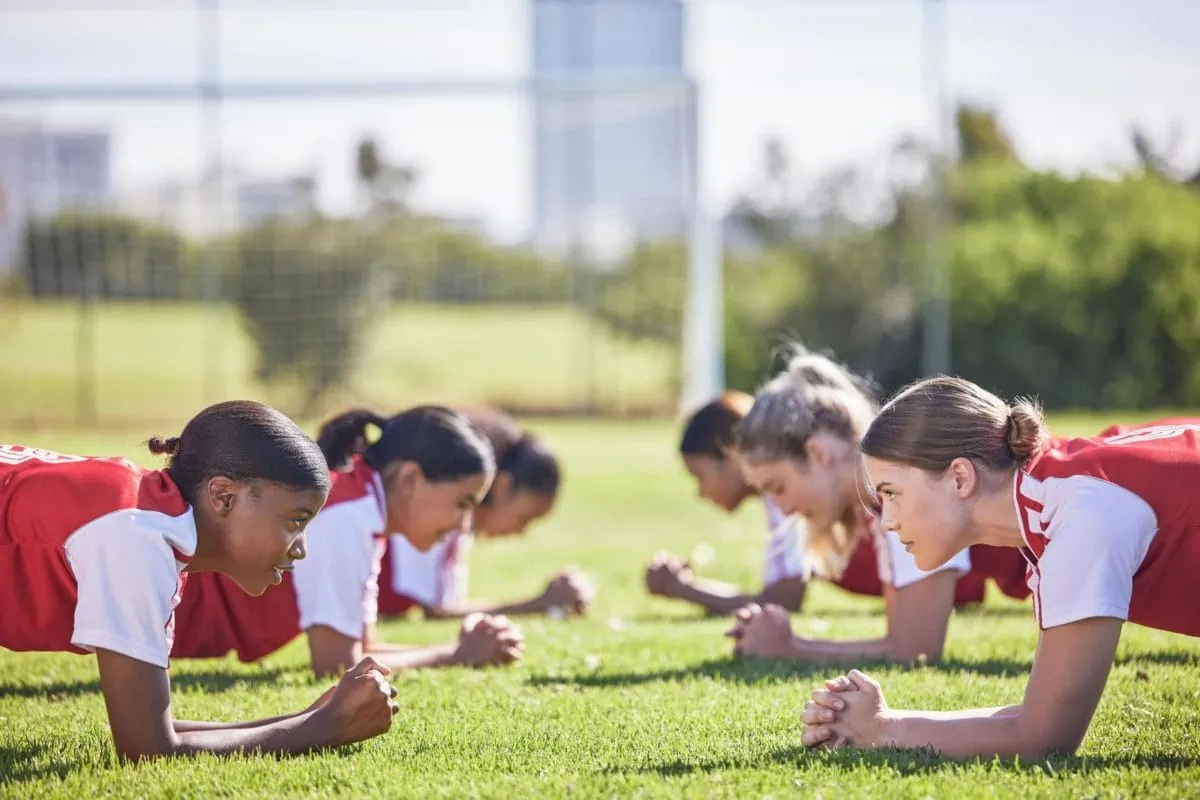
How Can I Improve my Fitness Level?
Fitness is one of the largest factors in tryouts because coaches want their players to be fast and quick.
If they’re not fit enough to keep up with everybody else at practice or in games, then they won’t cut. To build this fitness level, there are two options;
You can either work out on your own (coming up with a plan for yourself) or go with some program. I have outlined some tips to improve fitness levels below.
1. Cardio
This is probably the most important when it comes to soccer fitness. You need your heart and lungs to be in peak shape.
This is not just for tryouts, though. If you want to keep up with the rest of the team in games and practices, this needs to become a priority.
Your heart and lungs are what push everything else, so they need to be in tip-top shape.
2. Bodyweight Squats
– Start by keeping your hands at chest level and feet shoulder-width apart. Bring down until your thighs are parallel with the ground (your legs should hit 90 degrees). Push back up using all the power in your legs (not just using your knees).
Make sure your knees don’t push out past your toes. When you stand back up, make sure to squeeze everything together!
Your glutes, quads, and hamstrings should all be working once. Do 3 sets of 10 reps.
3. Push-ups
Start by having your hands right below your shoulders and feet slightly apart from each other, pointed out.
Your body should have a straight line from head to toe. Keep your elbows close to you the entire time, lower down until your chest is an inch away from the ground, and push back up!
Make sure not to shrug your shoulders or arch your back while doing this exercise.
They need to stay stable so you don’t hurt yourself! Continue 3 sets of 10 reps for this as well.
Be careful when lifting weights, though; you must know what muscles are working on and how much weight is too much (you want to get stronger, not bulkier!).
You can also injure yourself if you’re not careful, so make sure to do a warm-up before and cool down after.
4. Sit-ups
Start by lying on the floor with your knees bent and feet shoulder-width apart. Keeping your arms straight out in front of you, bring your chest towards your legs until your upper back touches the ground (you can put a hand behind your head to make this easier).
If you find yourself unable to do sit-ups successfully, try doing them with three sets of 10 leg lifts.
This will strengthen those core muscles and allow you to perform better sit-ups! You want 3 sets of 20 reps for these as well.
5. Skips
Get into an athletic position with one leg forward and one leg back (so it’s almost like you’re ice skating).
Jump up down as fast as possible. You want to stay on the ground as lightly as possible. If you find yourself bouncing, slow down a bit.
Continue for 2 minutes straight and do this three times with a minute rest in between each set.
If these are too difficult or you want to change things up, then feel free to do any cardio that gets your heart pumping (running, biking, or even swimming) for 20-30 minutes before coming into practice/tryouts.
This will help get your muscles warmed up and allow you to perform better at tryouts.
If you’re still having trouble coming up with an idea of what type of fitness level would be best for tryouts, I have two suggestions: –
Look at last year’s tryout dates and ask players how much they trained/played to prepare for their tryout. – Look at the measurements listed above and decide if you want to aim higher or lower than average.
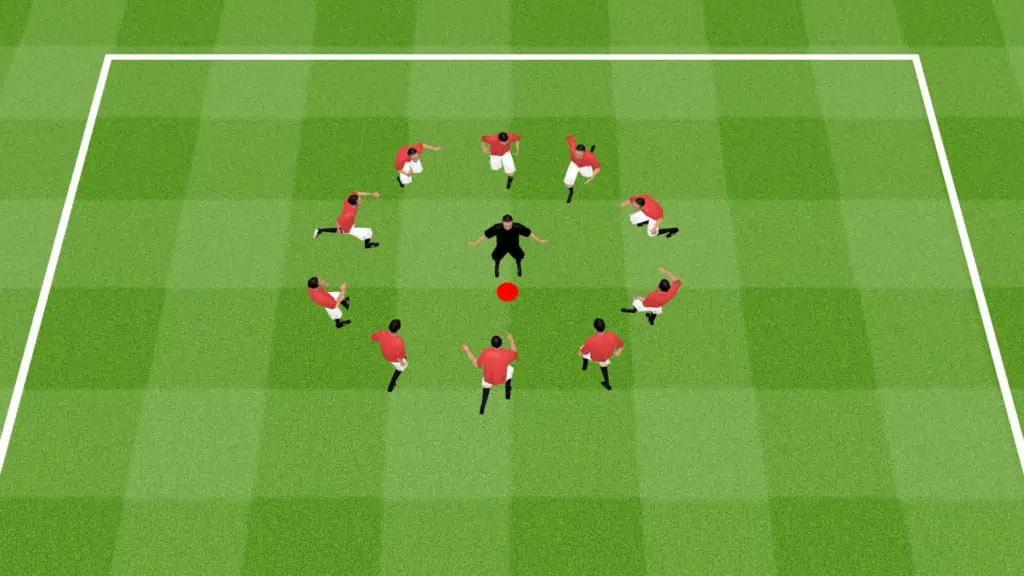
What Can I do in a Warm-Up?
When it comes to a warm-up, be sure that your coach knows what they’re doing! Many coaches don’t have experience warming up players, so they waste time not doing useful stuff.
If this is your situation, talk with them about what you should be doing before practice starts. Some examples are below:
- Basic passing back and forth- This doesn’t require much energy but helps get everybody moving.
- Running/jogging around the field slowly/quickly (1 lap)
- Practice dribbling drills.
- Overall, avoid being too “out of breath” and focus on making sure you’re ready to play.
The Warm-Up (and what to avoid)
Warming up is an important part of tryouts because it helps everybody get into the right frame of mind.
Your coach will most likely have a warmup planned, but if they don’t, here are some suggestions:
- Stay at more than one practice so you can see how the first group looks when they come out onto the field for training/tryouts
- Ask somebody who regularly comes around what your team usually does for a warm-up before going into drills or games
- Look at last year’s tryout dates and follow suit with this year’s players
When warming up, be sure to take it slow! You don’t want to hurt yourself by running too hard before you’re ready.
This process should take around 15 minutes (Train, 8 Minutes; Walk, 3 Minutes; Stretch, 2 Minutes; Etc).
Also, be sure that your warm-up is preparing you for what you need! If your coach is making everybody do bear crawls across the field when they should already be warmed up, then it’s not doing much good.
Your coach wants everybody to get ready at once, so they will most likely have a routine down- if not, ask them what you should be doing.
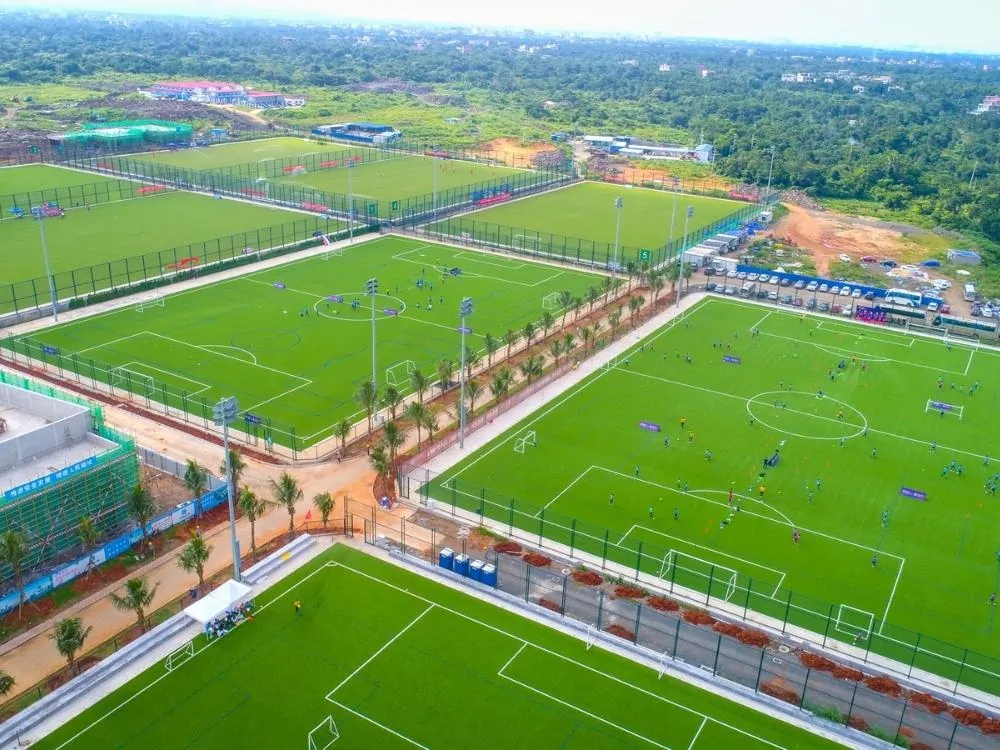
What are The Drills?
The main purpose of drills in practice is to improve specific skills or positions within the soccer game. These skills can be passing, shooting, dribbling, or anything related to the sport.
• Pass the ball around while going backward and forwards
• Put somebody in front of you and pass it back and forth with them
• Juggle the ball with your feet (one-touch) for 15 seconds, then shoot at goal.
The idea is to work on something for 5 minutes straight without stopping so you can become better than anybody else.
Also, be sure not to go overboard; if everybody hates doing drills because they take up too much time, tell your coach about this to work it out with the other coach.
Other coaches will understand what’s going on most likely, so they’ll come up with a solution together. What if you don’t have a coach and need help coming up with drills? Here are some ideas:
• Dribble across the field as fast as you can, then do 3 volleys at goal (Aim for corners of the net)
• Pass back and forth to each other at medium speed, then increase speed until somebody makes a mistake/loses control.
What is Cool Down?
Cooling down is essentially the opposite of warming up; it helps your body get back to normal after an intense workout.
It’s important to cool down because your muscles will be very tight, and it can lead to injury if you leave without taking care of this.
The same thing goes for practicing and training; make sure that you’re not pushing yourself too hard!
• Walk for 7 minutes
• Slow jogging for 3 minutes
• Stretching (tight muscles) for 5 Minutes
• Jumping Jacks for 1 minute
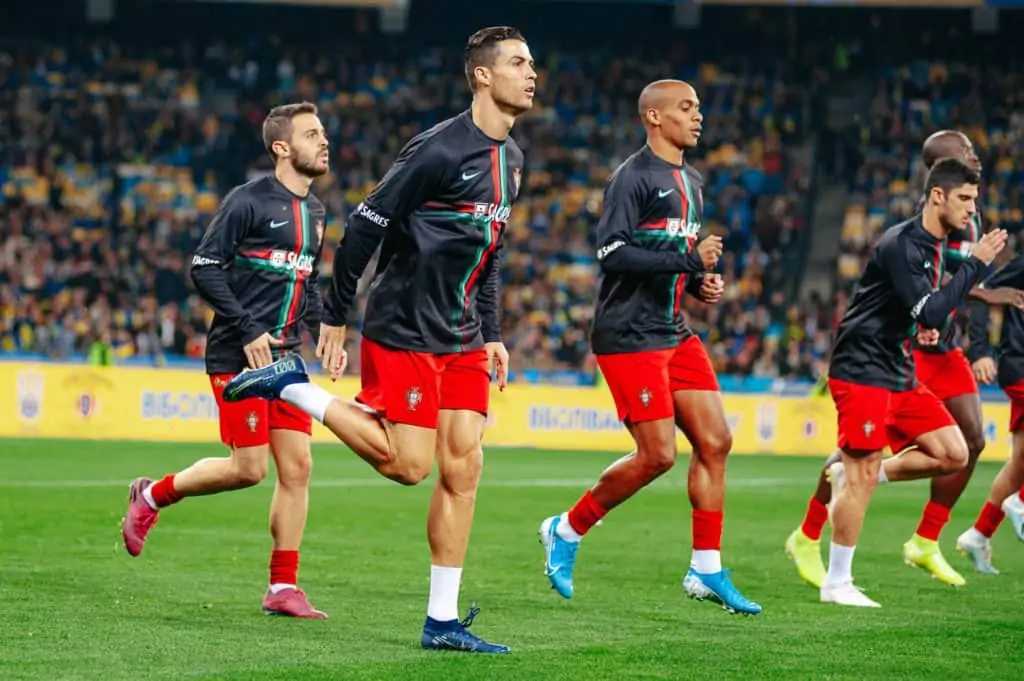
What are the Benefits of a Good Warm-Up & Cool Down?
There are multiple benefits from warming up and cooling down before and after practice or training. Some of these include:
1. Prevents Injury
If you’re nice and warm before going into a drill, then there’s less of a chance that you’ll get hurt because your muscles and connective tissue won’t be as tight.
Also, it is way easier to recover faster if you do get injured because your body isn’t putting up as much of a fight.
2. Get More Out Of Practice
If everybody does their part (including cooling down), they will most likely improve quicker than anybody on the team or in the league.
The benefits of warming up and cooling down include ensuring that everybody has good blood circulation, which enhances muscle performance and an overall sense of well-being!.
3. Stay Energized
If everybody is warmed up and ready to go, then they’ll be more energized when it’s time for practice.
4. Decrease Soreness
Muscle soreness is decreased by warming up and cooling down because the muscles become loose before and after training/practice, which allows them to feel less heavy than if you had not taken care of this beforehand!
There are many different types of cooldowns, so choose the one that fits you best or talk with your coach about what would work best for everybody.
What is The Best Way To Get Fit For Tryouts?
The best way to get fit for tryouts is simple: Play more games! The more you play, the better you’ll be.
This is one of the most common misconceptions people have when asking me how to get back into soccer shape.
The only way to get your fitness level up for tryouts is to join a team and practice with them regularly.
Take a look at our 100+ soccer drills collection hubs.
Share the post "How to Get Fit For Soccer (Games + Tryouts)"
Joel is a seasoned soccer journalist and analyst with many years of experience in the field. Joel specializes in game analysis, player profiles, transfer news, and has a keen eye for the tactical nuances of the game. He played at various levels in the game and coached teams - he is happy to share his insight with you.



